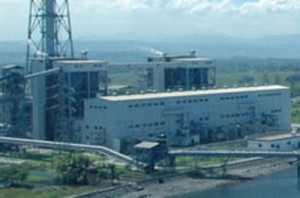The power situation in Mindanao will not stabilize before June because the defective power plants in the region cannot be repaired in less three months, an energy official said on Friday.
At a briefing, Energy Undersecretary Raul Aguilos said the outages gripping Mindanao should ease once the plants are fixed.
But the aging plants’ technical problems keep recurring and it will take some time to address them, Aguilos said.
He said the massive blackout on February 27 started when STEAG State Power Inc. (SPI), which supplies 210 megawatts in the region, experienced technical glitches.
Transco President Rolando Bacani, however, said the blackout was due to a “confluence of events.”
“In effect, the blackout that happened in Mindanao was due to a demand and supply imbalance, causing under-frequency due to the combination of events of unwanted loss of generation of the STEAG units, the defective equipment of Agus 1 and the insufficient Automatic Load Dropping at off-peak scenario,” Bacani said.
STEAG President and Chief Executive Officer Bodo Goerlich was surprised by reports blaming the Mindanao blackout on the company’s plant failure.
Goelich said that based on the sequence of events, a few minutes before the collapse of the grid, SPI’s generation output was being gradually reduced, but he said the reduction could not have triggered a cascading failure and tripping of other plants and the collapse of the entire grid.
“The fluctuation of the load of power plants happens from time to time and the overall effect is managed by adjusting either the supply or demand of the grid. We have in the past experienced such a situation and it did not cause a massive blackout and total collapse of the grid,” Goerlich said.
SPI is now cooperating with the Department of Energy, the National Power Corp., the National Grid Corp. of the Philippines, and other stakeholders of the Mindanao power industry “in finding means of improving quality and reliability of power supply services in Mindanao,” Goerlich said.


